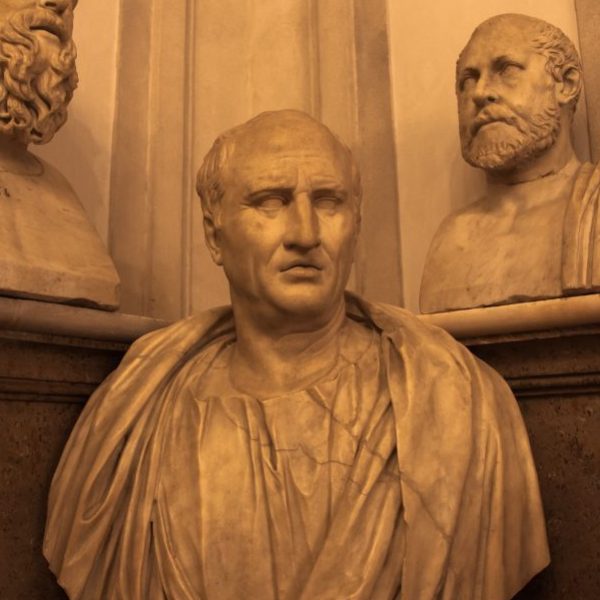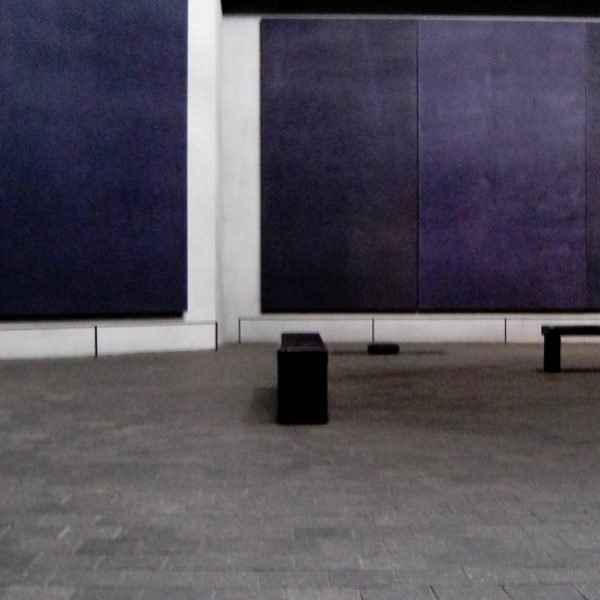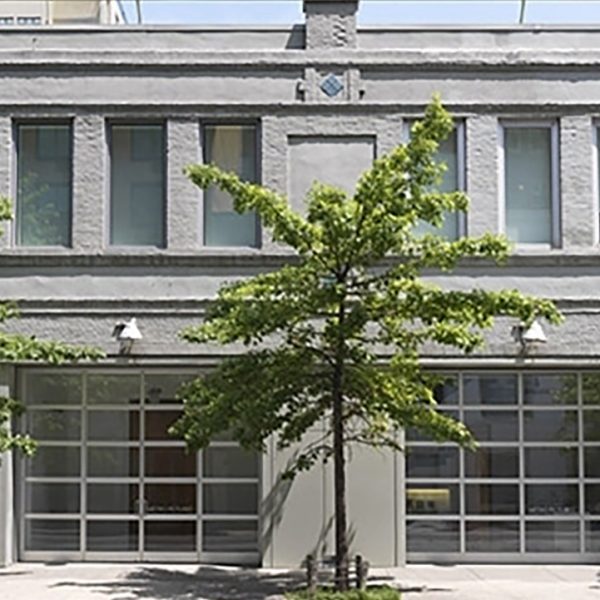How Do We Curate a Global Collection?
 Contemporary curation must again and again situate art exhibition within a global conversation. The Ancestral Modern: Australian Aboriginal Art exhibition currently at the Seattle Art Museum affords the museum an opportunity to embrace a fresh strategy for staging global art. The curatorial event provides an exchange among a diverse collection of contemporary art works in which Aboriginal creativity is part of a global dialogue. In the accompanying catalogue of the same title, recently called “a useful and beautiful addition to the literature on indigenous Australian art” in Art in America, Lisa Graziose Corrin is asked to consider how a curator of contemporary art should allude to conversations between the Seattle Art Museum’s Kaplan & Levi Collection of Australian Aboriginal art and contemporary works already in the Museum’s collection. Corrin is Director of the Williams College Museum of Art and former Deputy Director of Art at the Seattle Art Museum, where she continues as the artistic lead on the new Olympic Sculpture Park. Her thoughtful response, articulated in the catalogue essay “Staging Aboriginal Art,” lays out several concerns that a curator must be aware of when approaching this question of cross-cultural curation – including the successes and failures of historical precedents; maintaining a keen sensitivity to the cultural frame of reference of each artwork; and, at the same time, cultivating a greater sense of world citizenship that allows the curator to propose relationships among works of art that transcend national and cultural boundaries. Corrin proposes a set of key concepts that relate to recurring motifs in both the Aboriginal art of the Kaplan & Levi Collection and in contemporary art in the SAM’s permanent collection: the journey; dreaming; and terra nullius. Using these concepts to suggest resonances between works of art is, Corrin believes, a way to avoid many of the pitfalls that are endemic to the effort of this sort of contemporary art curation.
Contemporary curation must again and again situate art exhibition within a global conversation. The Ancestral Modern: Australian Aboriginal Art exhibition currently at the Seattle Art Museum affords the museum an opportunity to embrace a fresh strategy for staging global art. The curatorial event provides an exchange among a diverse collection of contemporary art works in which Aboriginal creativity is part of a global dialogue. In the accompanying catalogue of the same title, recently called “a useful and beautiful addition to the literature on indigenous Australian art” in Art in America, Lisa Graziose Corrin is asked to consider how a curator of contemporary art should allude to conversations between the Seattle Art Museum’s Kaplan & Levi Collection of Australian Aboriginal art and contemporary works already in the Museum’s collection. Corrin is Director of the Williams College Museum of Art and former Deputy Director of Art at the Seattle Art Museum, where she continues as the artistic lead on the new Olympic Sculpture Park. Her thoughtful response, articulated in the catalogue essay “Staging Aboriginal Art,” lays out several concerns that a curator must be aware of when approaching this question of cross-cultural curation – including the successes and failures of historical precedents; maintaining a keen sensitivity to the cultural frame of reference of each artwork; and, at the same time, cultivating a greater sense of world citizenship that allows the curator to propose relationships among works of art that transcend national and cultural boundaries. Corrin proposes a set of key concepts that relate to recurring motifs in both the Aboriginal art of the Kaplan & Levi Collection and in contemporary art in the SAM’s permanent collection: the journey; dreaming; and terra nullius. Using these concepts to suggest resonances between works of art is, Corrin believes, a way to avoid many of the pitfalls that are endemic to the effort of this sort of contemporary art curation.
These concerns are extremely relevant to the contemporary art world at large. With enormous collections of remote cultures being displayed in the major art institutions of the world and the reoccurring repatriation conflicts that crop up in consequence, questions of cultural tourism, post-colonialism, and Eurocentrism – among others – are crucial to any discourse on modern modes of art display.
[slideshow]


























An interesting and provocative post. From what I can tell, Australian aboriginal art is inherently discursive/didactic, and one of the problems that museum collections seem to face is the issue of over simplification or the limits of categorisation – but we need to find a language or means of expression that moves beyond the stale vocabularies of post-colonialism. Perhaps they’re in the works themselves, somewhere? I wish I could see the exhibition, it sounds fantastic.